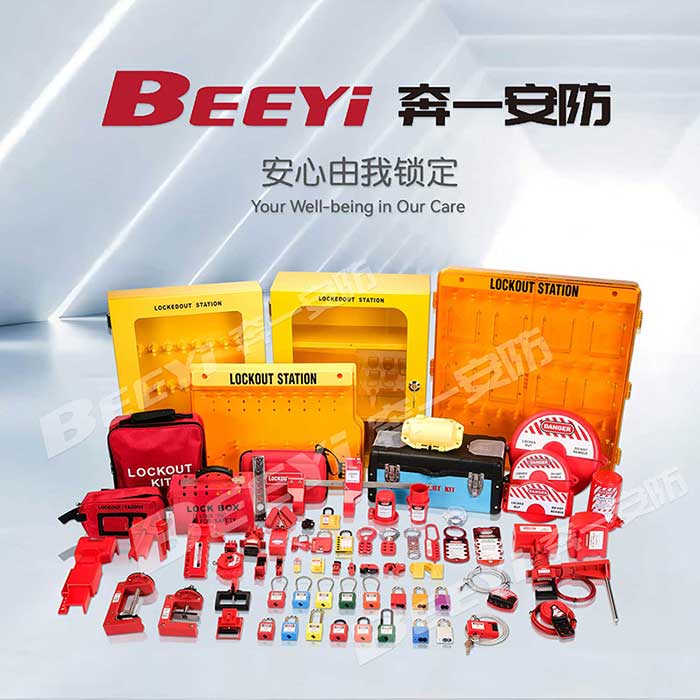Safety is a critical concern in every workplace, especially in industries that involve heavy machinery, electrical systems, and high-risk equipment. The implementation of Lockout/Tagout (LOTO) procedures is one of the most effective ways to prevent accidents during maintenance or repair work. At the heart of these procedures are safety padlocks—devices that are specifically designed to control access to hazardous machinery and power sources. This article explores the role of a Safety Padlock Factory in the production and distribution of these essential safety tools, highlighting their importance in maintaining a safe work environment.

The Role of Safety Padlocks in Workplace Safety Safety padlocks are specialized locks that are used to secure machinery, electrical systems, and energy sources to prevent accidental operation during maintenance or repair work. They are part of a broader Lockout/Tagout (LOTO) program, which aims to protect workers from potential hazards when servicing or repairing equipment. These padlocks are not just ordinary locks—they are designed to meet strict safety standards, ensuring that only authorized personnel can access potentially dangerous equipment. The importance of safety padlocks cannot be overstated. They prevent accidents caused by unexpected equipment startups, which can lead to serious injuries or fatalities. By using these locks, companies ensure that maintenance staff can carry out their tasks without fear of machinery being accidentally activated. This is especially important in industries such as manufacturing, construction, and energy, where the risks are high.